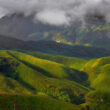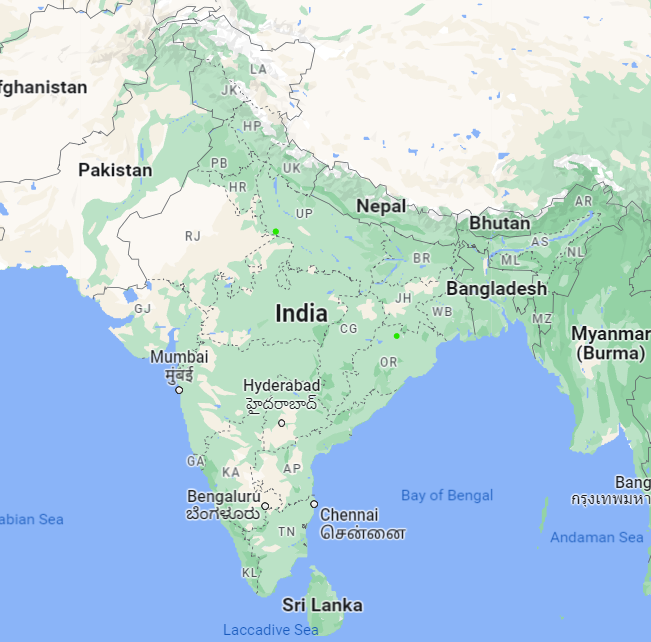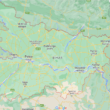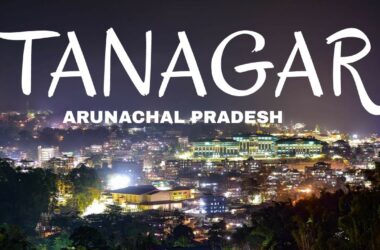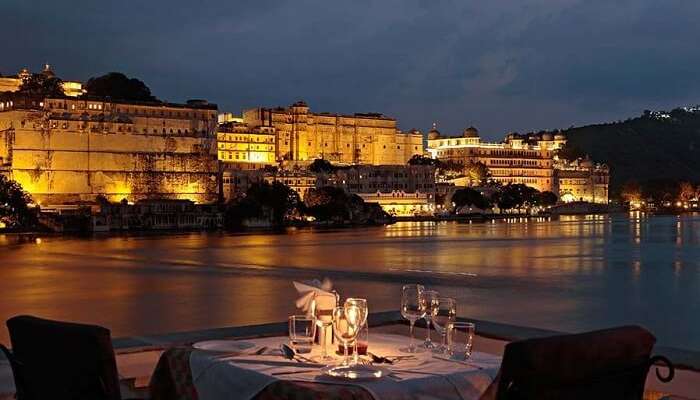India, a land of diverse cultures, languages, and landscapes, boasts a rich tapestry of history and geography that is as fascinating as it is vast. In this article, we will take you on a visual journey through the map of India, exploring its various regions, landmarks, and the significance they hold. From the majestic Himalayas in the north to the pristine beaches in the south, India’s map is a reflection of its multifaceted identity.
Understanding India’s Geographical Diversity
India’s geography is incredibly diverse, encompassing a wide range of terrains, climates, and ecosystems. Let’s delve into the key geographical features that define this incredible nation.

1. The Himalayan Range
Nestled in the northern part of India, the Himalayas stand tall as the world’s highest mountain range. This majestic range not only defines India’s northern boundary but also influences its climate and culture.
2. The Indo-Gangetic Plain
Extending from the Himalayas to the Deccan Plateau, the Indo-Gangetic Plain is one of the most fertile regions in the world. It’s the heartland of Indian agriculture and is home to major cities like Delhi and Kolkata.
3. The Thar Desert
In the western part of India lies the Thar Desert, a vast arid region with unique flora and fauna. It’s a land of extremes, with scorching temperatures during the day and chilly nights.
4. The Western and Eastern Ghats
India’s peninsular plateau is flanked by the Western and Eastern Ghats, two mountain ranges that significantly impact the climate of the region. They are also rich in biodiversity.
5. Coastal Regions
India boasts an extensive coastline along the Arabian Sea and the Bay of Bengal. The coastal areas are known for their beautiful beaches, bustling ports, and seafood delicacies.
India’s Political Map
Now, let’s shift our focus to the political map of India, which is divided into states and union territories.
1. States
India is comprised of 28 states, each with its own unique culture, language, and traditions. Some notable states include Uttar Pradesh, Maharashtra, and Tamil Nadu.
2. Union Territories
There are 8 union territories in India, which are administered directly by the central government. Delhi, Puducherry, and the Andaman and Nicobar Islands are among these territories.
Historical Landmarks
India’s map is dotted with historical landmarks that tell the story of its rich heritage.
1. Taj Mahal
Located in Agra, Uttar Pradesh, the Taj Mahal is an architectural masterpiece and a UNESCO World Heritage Site. It is a symbol of love and a testament to India’s rich history.
2. Jaipur’s Pink City
The capital city of Rajasthan, Jaipur, is known for its stunning palaces, forts, and vibrant markets. The city’s architecture reflects India’s royal past.
3. Hampi’s Ruins
Hampi, in Karnataka, is home to the ruins of the Vijayanagara Empire, offering a glimpse into ancient Indian civilization.
Cultural Diversity
India’s map is a canvas of diverse cultures and traditions.
1. Languages
India is a linguistic melting pot with over 19,000 dialects spoken. Hindi, Bengali, Telugu, and Tamil are some of the major languages.
2. Festivals
From Diwali in the north to Pongal in the south, India celebrates a myriad of festivals throughout the year, adding vibrant colors to its cultural map.
Conclusion
The map of India is not just a geographical representation; it’s a reflection of the nation’s history, culture, and diversity. From the soaring Himalayas to the sun-kissed beaches, from ancient ruins to modern cities, India’s map invites you to explore its multifaceted identity.
Read All About India
FAQs
What is the significance of the Himalayas in India’s geography?
The Himalayas not only define India’s northern boundary but also influence its climate, and culture, and serve as a source of several major rivers.
How many states are there in India?
India is divided into 28 states, each with its own distinct culture and traditions.
Which is the most famous historical landmark in India?
The Taj Mahal in Agra is one of the most iconic historical landmarks in India.
What makes India’s cultural diversity unique?
India’s linguistic diversity, with over 19,000 dialects spoken, and a rich tapestry of festivals make its cultural diversity truly unique.


